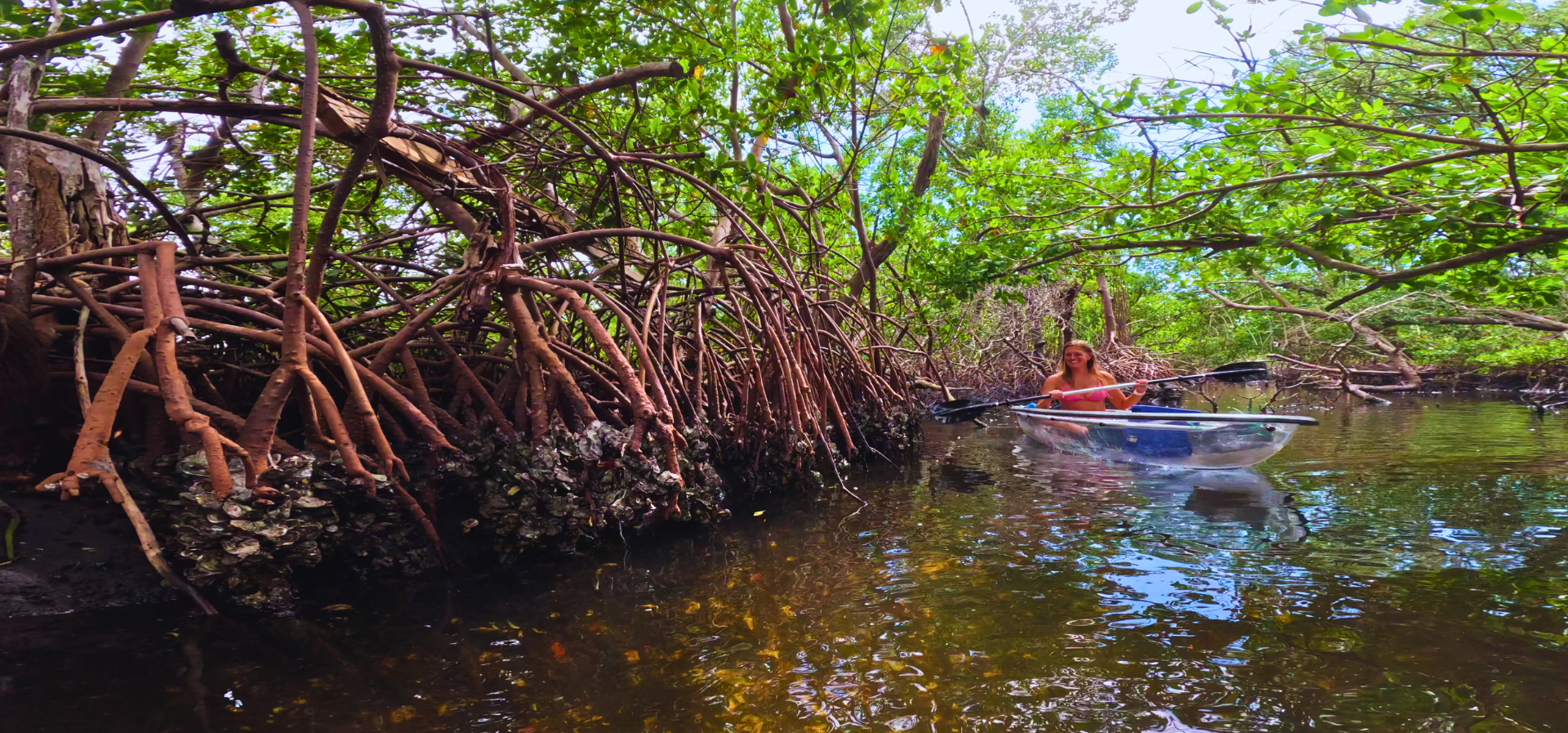The Hidden Guardians of Florida’s Coast: Why Mangroves Matter More Than You Think

Florida’s Ecosystem Would Collapse
Without mangrove trees, Florida’s delicate balance between land and sea would unravel almost overnight. These tangled-rooted trees act as the state’s natural armor, protecting the coastline from erosion, storm surges, and rising tides. Their dense root systems trap sediment and stabilize shorelines, preventing entire stretches of beach and estuary from washing away. Without them, the sea would steadily claim the coast, destroying habitats and displacing countless species that depend on shallow coastal zones for survival.

Think Mangroves Only Prevent Erosion? Think Again
But mangroves do far more than hold the land together—they hold Florida’s ecosystem together. Their underwater roots provide nurseries for juvenile fish, crabs, shrimp, and other marine life, while their branches host nesting birds, from pelicans to herons. Manatees graze in their calm waters, dolphins hunt along their edges, and countless migratory species rely on mangrove forests as pit stops during long journeys. Remove mangroves, and Florida loses one of its most productive, protective, and life-sustaining ecosystems—leaving both its wildlife and its coast dangerously exposed.

Mangroves: Nature’s Coastal Architects
Mangrove trees are some of the most visually striking plants on Earth—gnarled, tangled, and seemingly growing right out of the water. These salt-tolerant trees thrive along Florida’s coastal shorelines, where land meets sea. Their roots twist and weave above the surface like natural sculptures, providing both beauty and function. Depending on the species, mangroves can range from small shrubs just a few feet tall to towering trees over 80 feet high. With the right conditions, some mangroves can live for more than 100 years, weathering countless storms and tides. Their thick, waxy leaves help them conserve water in the harsh coastal sun, while their complex root systems keep them firmly anchored in the shifting sand and mud.
3 Incredible Facts About Mangrove Trees
- Their Roots Breathe Air: Mangroves grow in oxygen-poor, waterlogged soil—so they’ve evolved special “pneumatophores,” or aerial roots, that stick up out of the water like snorkels, allowing the tree to breathe even during high tide.
- They Plant Their Own Seeds: Instead of dropping dormant seeds like most trees, mangroves grow living seedlings—called propagules—that sprout while still attached to the parent tree. Once they fall, they can float for weeks before taking root in new soil.
- They Turn Salt into Fresh Water: Mangroves can survive in salty environments thanks to unique filtration systems in their roots and leaves. Some species block salt entirely at the root level, while others excrete it through salt crystals on their leaves—a built-in desalinization process courtesy of nature.

